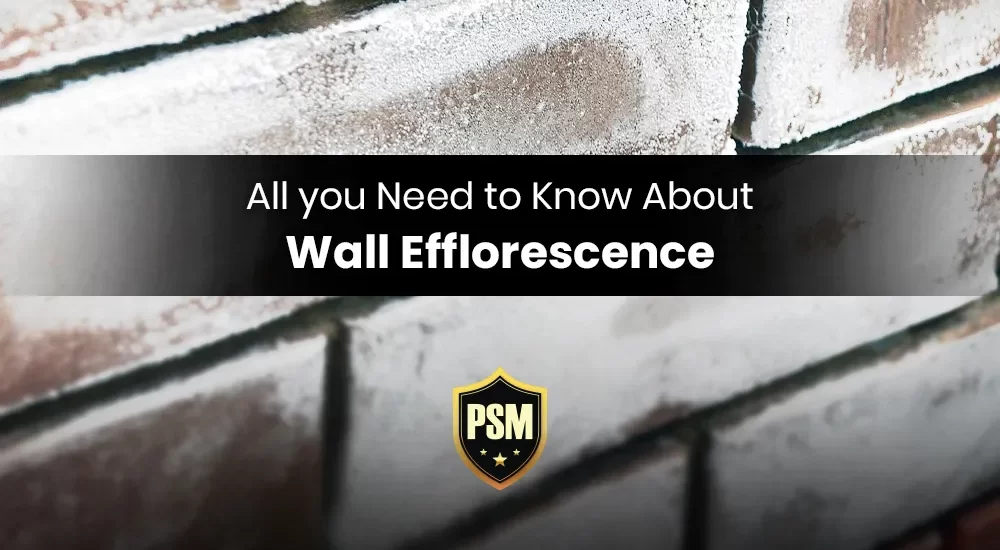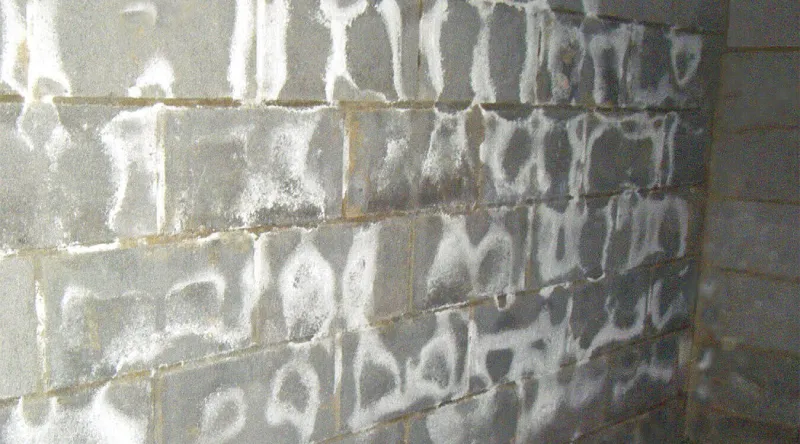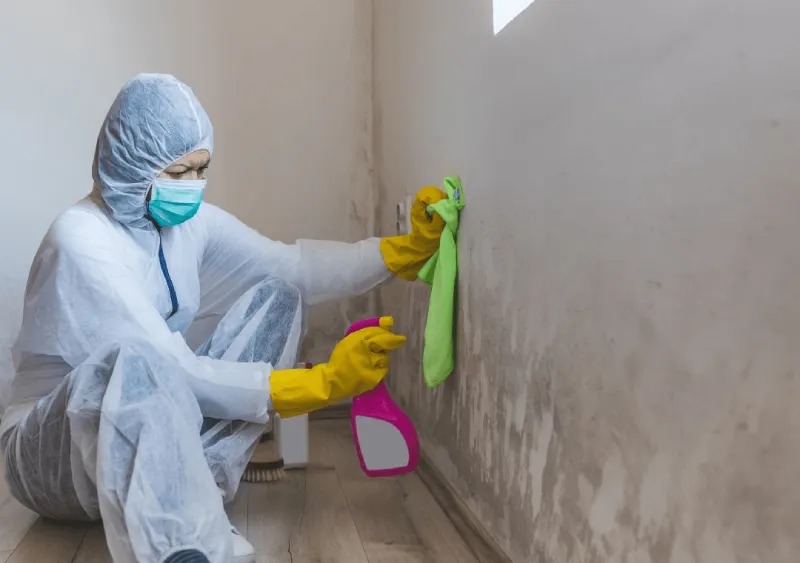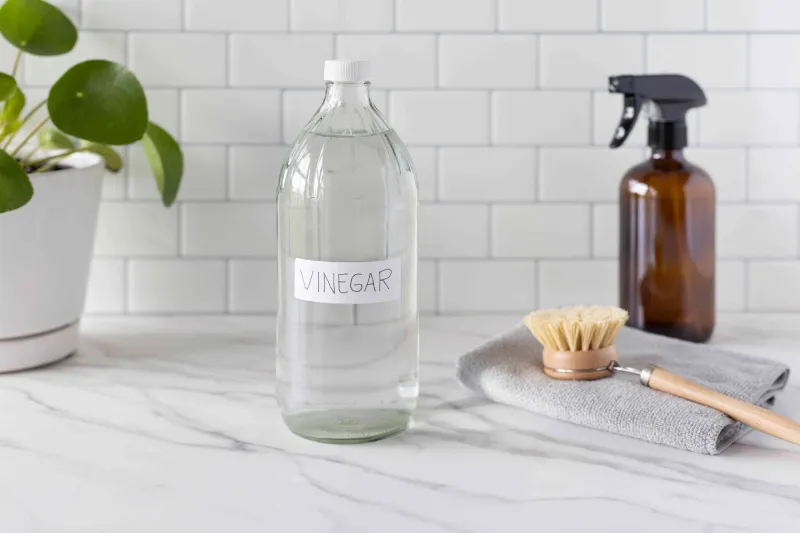- October 11, 2023
- Posted by: Iffat Ara Sharmeen
- Category: Investment Decision

Efflorescence is a common issue that homeowners may encounter, particularly in regions with high humidity or in properties with certain construction materials. It manifests as a powdery, white substance on surfaces like concrete, brick, or stone, diminishing the aesthetic appeal of structures. This article will let you delve into what efflorescence is and explore effective strategies to mitigate its impact.

What is Efflorescence?
Efflorescence occurs when water-soluble salts migrate to the surface of porous materials and crystallize as water evaporates. These salts are typically present in construction materials like concrete, mortar, or bricks. When water infiltrates these materials and moves to the surface, it carries dissolved salts with it. As the water evaporates, the salts are left behind, creating the characteristic white deposits.
How can you Identify Efflorescence?
Recognizing efflorescence is crucial for homeowners looking to address the issue promptly. The white, powdery substance is easily visible on surfaces, and its presence often indicates that moisture is penetrating the building material. Common locations for efflorescence include basements, foundations, and exterior walls.

How can you Mitigate Efflorescence?
- Improve Drainage:
One of the primary causes of efflorescence is water infiltration. To address this, homeowners should ensure proper drainage around their property. Redirect downspouts away from the foundation, fix any grading issues that allow water to pool, and consider installing a drainage system to channel water away from vulnerable areas.
- Seal Exterior Surfaces:
Applying a quality sealant to exterior surfaces can help prevent water from infiltrating construction materials. Sealants create a protective barrier, reducing the likelihood of efflorescence formation. Choose a sealant that is appropriate for the specific material of your structure, whether it’s concrete, brick, or stone.
- Proper Ventilation:
Adequate ventilation is essential to prevent the buildup of moisture within a structure. Ensure that attics, basements, and crawl spaces are well-ventilated to minimize the risk of efflorescence. Ventilation systems can include vents, fans, or dehumidifiers, depending on the specific needs of the space.
- Use Efflorescence-Resistant Materials:
When undertaking construction or renovation projects, consider using materials that are designed to resist efflorescence. These materials are often formulated to minimize the presence of water-soluble salts, reducing the likelihood of efflorescence formation.
- Regular Cleaning:
If efflorescence has already formed, regular cleaning can help manage its appearance. Use a stiff brush or a mild acid solution (such as vinegar or diluted muriatic acid) to remove the white deposits. Be cautious when using acids, and follow safety guidelines to protect yourself and the surfaces being cleaned.

- Interior Waterproofing:
In basements or other areas prone to moisture issues, consider interior waterproofing solutions. This may involve applying waterproof coatings to interior walls or installing a drainage system inside the structure to manage groundwater.
Efflorescence is a common challenge for homeowners, but with proactive measures, it can be effectively prevented. It is more than just damp on walls; it is the deposition of unwanted salts on your walls which build up over time and damage the structure. By addressing the root causes of efflorescence and implementing regular maintenance practices, homeowners can maintain the structural integrity and aesthetic appeal of their properties. Early detection and intervention are key to minimizing the impact of efflorescence. If you notice white deposits on surfaces, take prompt action to identify and address the underlying issues. Whether you’re building a new home or maintaining an existing one, if the issue is very serious don’t forget to consult with property management professionals. Your timely response can go a long way in preventing efflorescence and preserving the beauty and longevity of your property.
